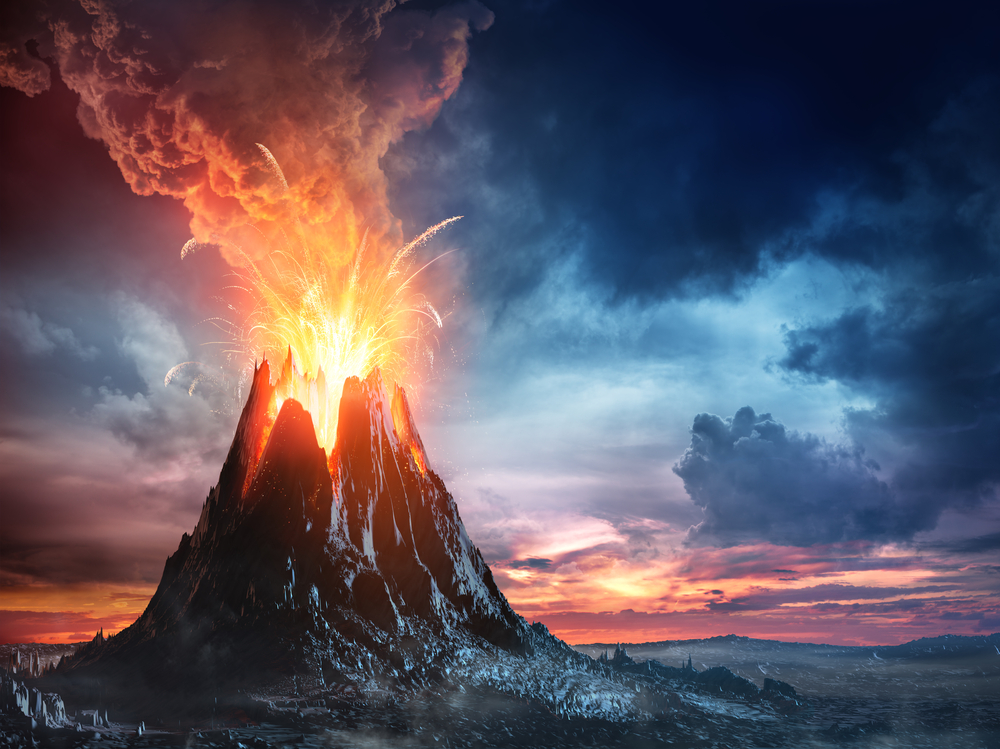
Volcanic eruptions are often unexpected and devastating to those in proximity to them.
On May 4, Hawaii’s Kilauea volcano erupted, forcing thousands of residents to relocate. Less than a month later, on June 3, Guatemala’s Fuego volcano erupted, killing at least 62 people.
To better prepare for these type of disasters, researchers from the University of Manchester have developed a new method to predict how volcanoes are going to behave.
The researchers used new 4D technology to predict how lava will flow and what its implications are for volcanic eruptions, explaining why some lava can cover several miles in short period of time, while other lava travels slower.
The team studied the processes that happen during crystallization in basaltic magmas using 4D synchrotron X-ray microtomography, the first time that 4D scanning technology was used for investigating crystallization during volcanic eruptions and for simulating the behavior of a natural lava flow.
They also monitored crystallization in magmas—a fundamental process that drives eruptions and controls different kinds of volcanic activity. They watched crystals grow in 3D in real time and also simulated the behavior of lava flows once a volcano has erupted.
“During volcanic eruptions small crystals grow within magma,” professor Mike Burton, the chair of Volcanology at the University of Manchester, said in a statement. “These crystals can greatly change the way magma flows. Simply put, the more crystals there are the slower the eruption will be which also reduces the speed and distance travelled by lava flows.
“The fewer crystals present in the lava means the eruption will speed up, potentially becoming more powerful and devastating,” he added. “Our research and this new approach open an entirely new frontier in the study of volcanic processes.”
The researchers set up a sample from a real eruption in a high temperature cell and then performed X-ray CAT scans while controlling the temperature of the magma, enabling them to visualize the formation and growth of crystals and measure how quickly they grow.
This new method allows researchers to collect hundreds of 3D images during a single experiment. The data then can be used in complex, numerical models to fully characterize the behavior of volcanic eruptions more accurately.
“Being able to more accurately predict the behavior of lava flows could also allow us to help relevant safety agencies devise and develop new safety strategies and actions when dealing with eruptions in populated areas,” Margherita Polacci, PhD, from Manchester’s School of Earth and Environmental Sciences, said in a statement.
Burton explained that the approached used in the study could also be used in other scientific fields, including materials science, mineral extraction and other geological processes.
The study was published in Scientific Reports.




